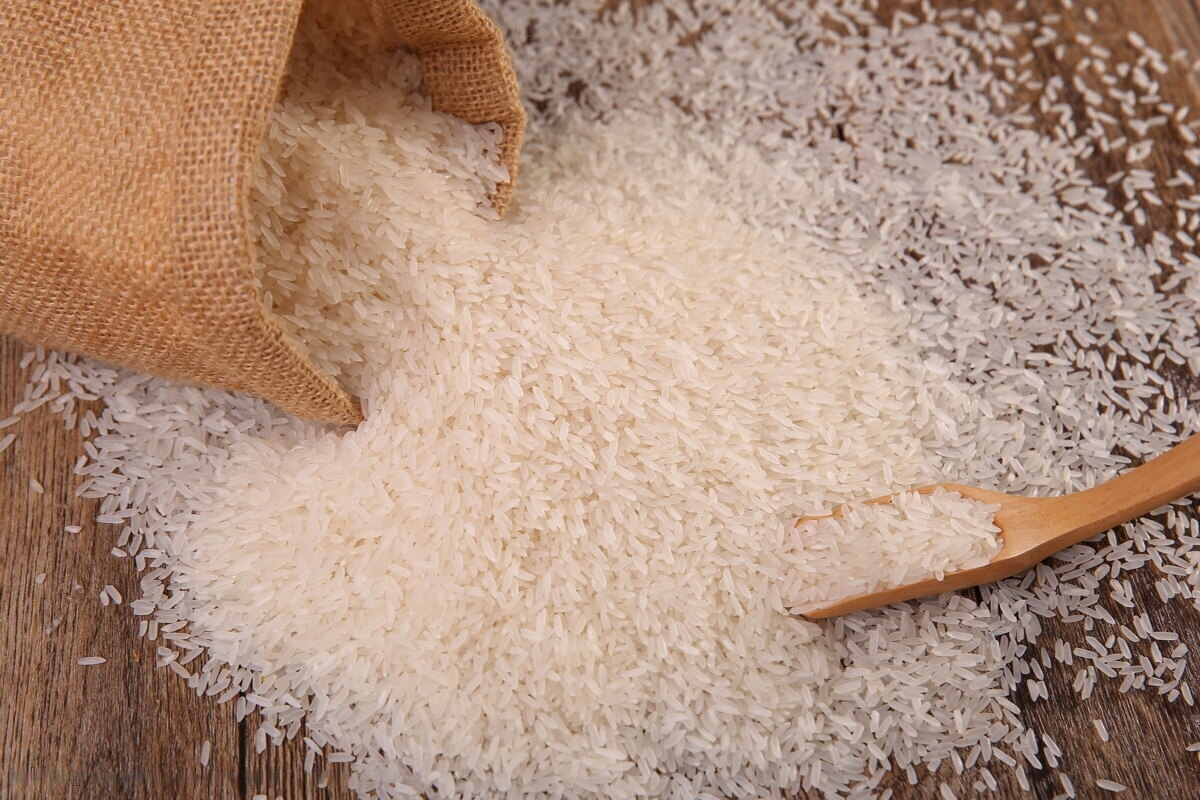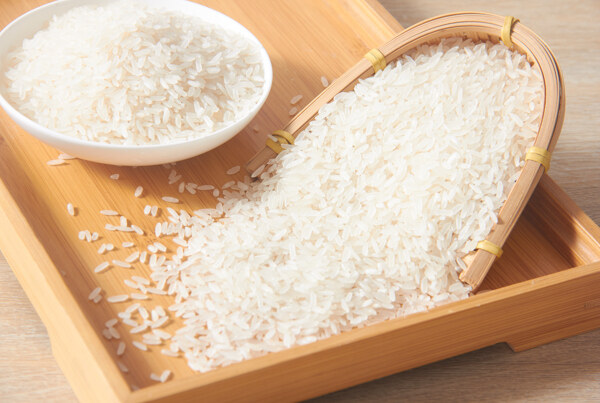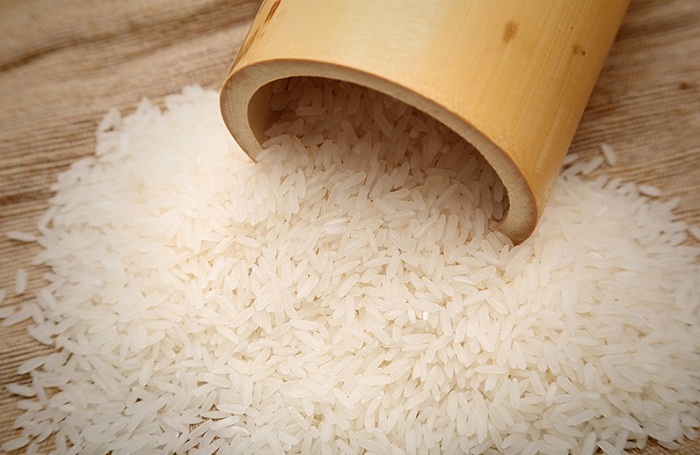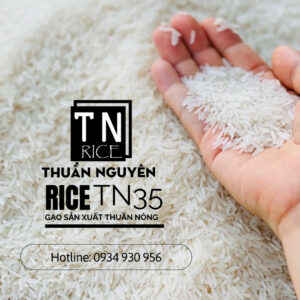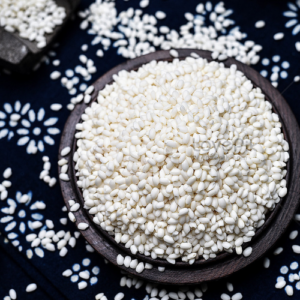Description

Source and Origin of Jasmine Rice
Is it Jasmine Rice or Fragrant Lài Rice? Which name is correct? Jasmine Rice is a fragrant rice originating from Thailand, discovered by a farmer in Lam Pradoo district, Chonburi province, in 1945. Locals officially call it “Hom Mali Thai Rice,” but it’s also known by various names like ‘Khao Hom,’ ‘Hom Mali,’ and ‘Khao Mali.’ This rice variety was cultivated from the Jasmine 85 rice strain (a hybrid of IR 841-85) developed by the International Rice Research Institute (IRRI). It was imported to Vietnam in 1992 and extensively cultivated in the provinces of the Mekong Delta.
Distinctive Characteristics of Jasmine Rice
So why is it called Jasmine Rice or Fragrant Lài Rice? Jasmine Rice is also referred to as Fragrant Lài Rice because it carries the distinctive fragrance of jasmine flowers. It features long, white grains, a firm texture, is non-sticky, and has fewer broken grains. When cooked, it emits a light fragrance, has a tender texture, with each grain measuring approximately 6mm in length. This rice variety has a moist quality, making it soft when cooked and slightly sweet in taste. Though the grains tend to stick and clump, it is less sticky than glutinous rice (Oryza sativa var. Glutinosa) due to its lower amylopectin content. Jasmine Rice is approximately three times more elastic than the long-grain rice commonly found in the United States.
Jasmine Rice is a fragrant short-day rice variety with a growth cycle of 95-100 days (varies with seasons). Currently, it is widely cultivated, occupying the largest acreage in the total rice cultivation area. Its popularity is attributed to its high yield and value.

